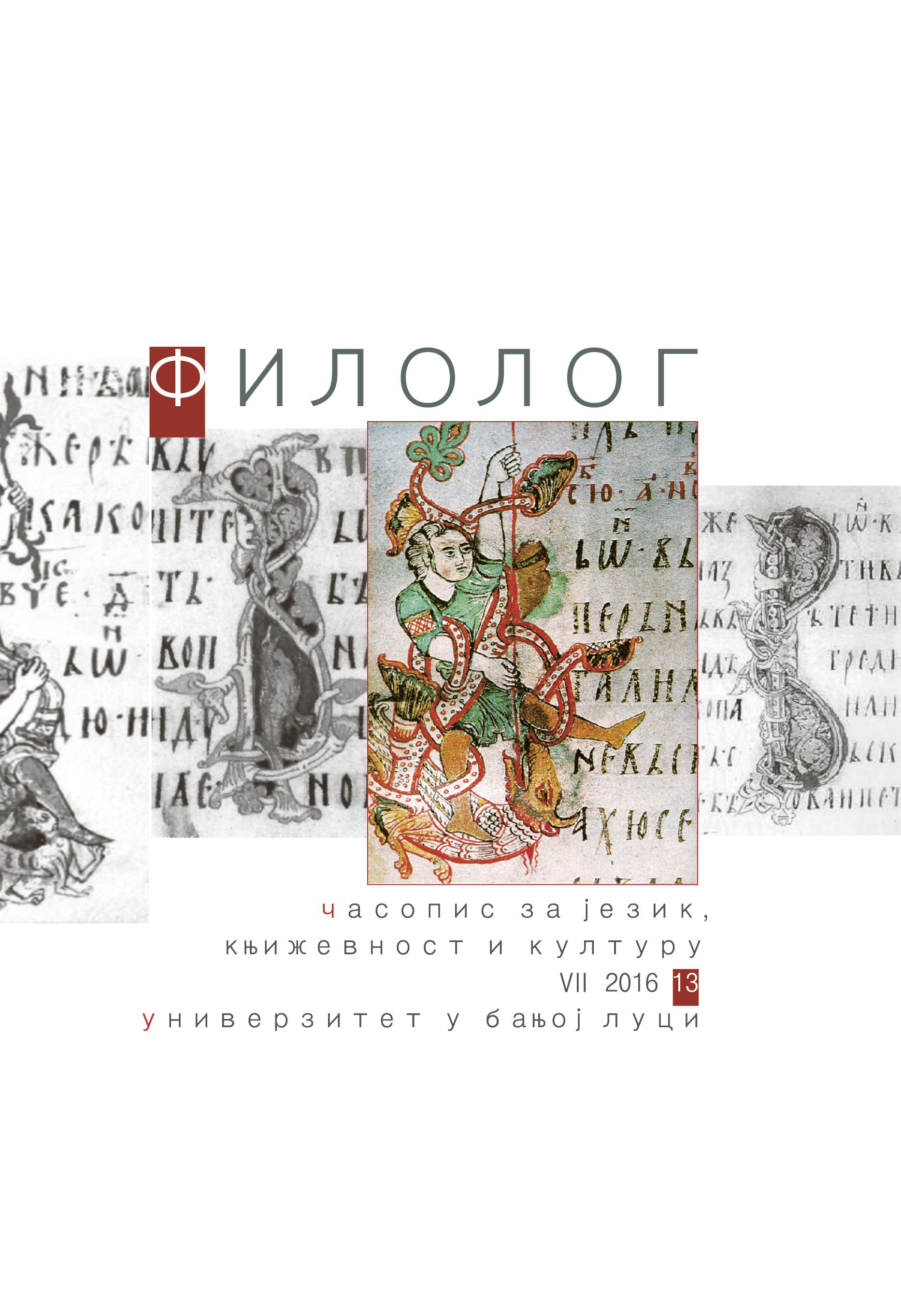О глаголима ИЋИ и ПАДАТИ као семантички најбогатијим глаголима кретања у српском језику
Polysemic Motion Verbs TO GO and TO FALL in the Serbian Language
Author(s): Nataša MilanovSubject(s): Lexis, Semantics, South Slavic Languages, Philology
Published by: Филолошки факултет Универзитета у Бањој Луци
Keywords: Polysemic motion verbs; controlled movement; uncontrolled movement; primary meaning; seme; verb TO GO; verb TO FALL;
Summary/Abstract: This paper analyses the polysemic motion verbs to go and to fall in the Serbian language. The analysis showed that these verbs have an important position in the class of verbs within the Serbian language. They denote one of the most important and most widespread phenomena in the world around us – area movement, with its dominant meaning − controlled movement. Aspects of reality, which have an important role in the functioning of the world, are the movements of living creatures, objects and materials. The dominant lexeme in the class of motion verbs is the verb to go which is widely used (for naming real and imaginary movements, spreading, expansion, etc.). This verb is not marked in terms of intensity, speed and the direction of movement so it can replace many motion verbs with specific meanings. Unlike this verb, the verb to fall implies a movement from a higher to a lower position, which takes place unintentionally, without a conscious agent action. However, this verb has the largest number of meanings because of the connotative values in its polysemantic structure which move from the positive and desirable to the negative value.
Journal: Филолог – часопис за језик, књижевност и културу
- Issue Year: 2016
- Issue No: 13
- Page Range: 44-56
- Page Count: 13
- Language: Serbian

